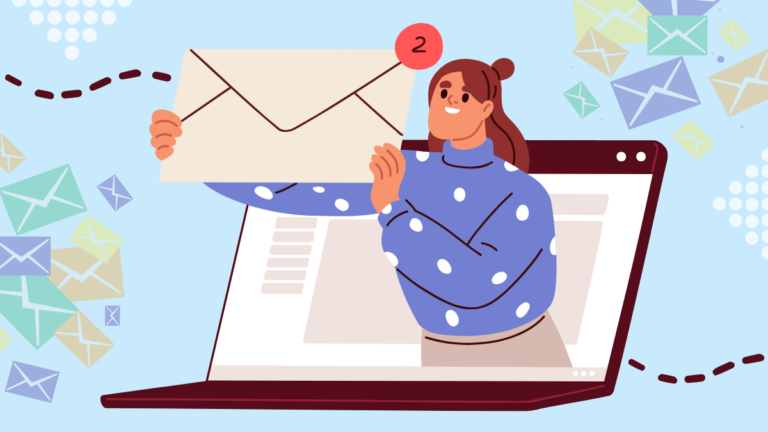Cold emailing can be a great way to reach out to potential customers, partners, or collaborators. But it can also be a great way to annoy people and get yourself marked as spam.
There are a few key things you can do to make sure your cold emails are well-received.
First, make sure you have a good reason for contacting the person you’re emailing. Second, keep your email short and to the point. Third, include a call-to-action.
In this guide, you’ll learn everything you need to know about sending cold emails, from how to write a great email to avoiding the spam folder. By the end, you’ll be ready to start sending cold emails that get results.
1. Why Sending Cold Emails is Effective
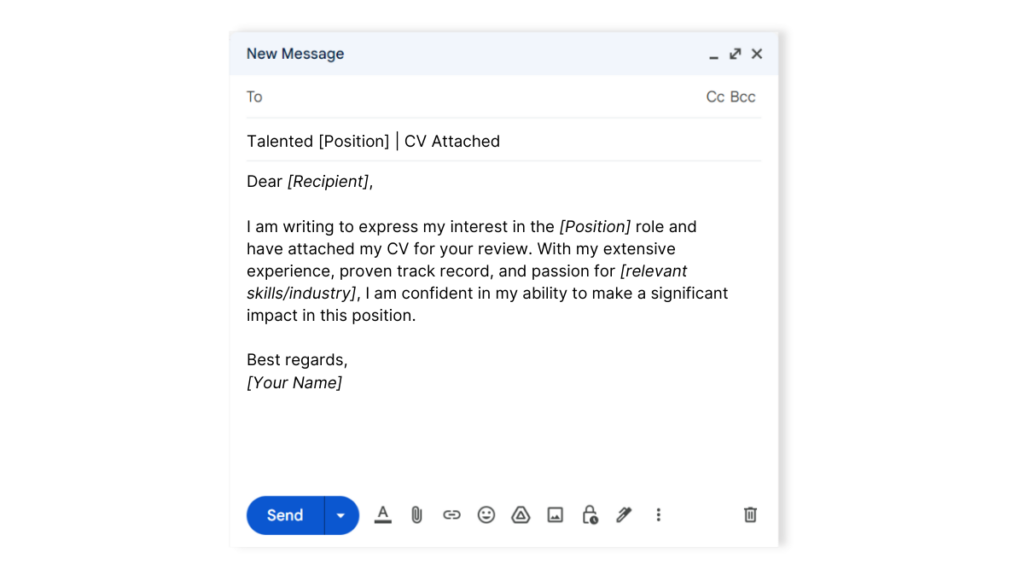
Picture this: you have a dream project, an exciting business idea, or maybe you’re on the hunt for that perfect career opportunity. But how do you make it happen? Well, let me spill the beans on a little secret: cold emails are the bomb!
Why? Well, let’s dive right into it!
First off, cold emails are like the ultimate icebreakers. They give you a direct line of communication with someone you’ve never met before. It’s like sliding into their inbox with a virtual high-five and saying, “Hey, I’ve got something awesome to share with you!”
But here’s the kicker: you can customize your message to make it personal and memorable. It’s not some generic one-size-fits-all email. Nope. You get to show them that you’ve done your homework and that you genuinely care about what they’re doing.
Highlight shared interests, mention something you admire about their work, or address a specific problem they might be facing. Trust me, this personal touch will make them do a double take and think, “Wow, this person gets me!”
Now, let’s talk about the untapped potential of cold emails. There are so many hidden gems out there just waiting to be discovered. People who would be thrilled to connect with you and explore new opportunities.
Sending cold emails is like waving a magic wand that opens up doors you never even knew existed. It’s a chance to collaborate, learn from others, or even land that dream job you’ve been eyeing. So why wait for things to come to you? Grab that keyboard and start reaching out!
And here’s the best part: cold emails are low-cost and super scalable. Seriously, all you need is an internet connection and a kick-ass message. No fancy advertising budgets or awkward networking events required.
2. How to Find Email Addresses?
First up, the good ol’ search engine method. Yep, it’s as simple as typing the person’s name and the word “email” into your favorite search engine. You’ll be surprised at the number of results that pop up. Dig through the pages, explore different sources like company websites, social media profiles, and personal blogs. The key here is to be patient and persistent—scroll through until you strike gold!
Next, let’s talk about the power of social media. Platforms like LinkedIn, Twitter, and even good ol’ Facebook can be gold mines for finding email addresses. Many professionals and organizations list their contact information right there on their profiles. So, roll up your sleeves, start networking, and keep an eye out for those precious email addresses. And don’t be afraid to send a friendly message asking for their email directly—sometimes all it takes is a polite request.
Now, let’s not forget the art of guessing. Sometimes it’s as simple as deducing the email format used by the organization or company. Look for patterns like firstname.lastname@company.com or firstinitiallastname@company.com. Use common email extensions like @gmail.com, @yahoo.com, or @companyname.com. With a bit of detective work, you might just hit the bullseye.
But wait, there’s more! Tools and resources are your trusty sidekicks in the email-hunting game. There are handy email finders tools like Hunter.io, Voila Norbert, and Snov.io that can help you track down those hidden email addresses. These tools often scour the web for contact information associated with specific domains, saving you time and effort. So, arm yourself with these virtual investigators, and let the searching begin!
Networking
Lastly, don’t underestimate the power of networking and simply asking. Reach out to mutual connections, attend industry events, join relevant online communities, and build relationships. Sometimes all it takes is a friendly conversation and a simple request to obtain the email address you’ve been searching for.
3. How to Write a Cold Email?
First things first, keep it short and sweet. Busy people don’t have time to read lengthy emails, so get straight to the point. Start with a friendly greeting, introduce yourself briefly, and state the purpose of your email in a concise and compelling manner. Aim for three to four paragraphs at most—remember, brevity is your best friend.

Next, personalize like a pro. Generic emails are a big no-no. Take the time to research your recipient and tailor your message to their specific interests or needs. Show them that you’ve done your homework and that you genuinely care about their work. Mention a recent article they wrote, a project they’re involved in, or a mutual connection you have. This personal touch will make your email stand out and grab their attention.
Strong Subject Line
Now, let’s talk about the power of a strong subject line. Think of it as your email’s first impression. It should be intriguing, concise, and relevant to the recipient. Avoid generic subject lines like “Opportunity” or “Introduction” that scream “spam.” Instead, craft something that piques their curiosity and entices them to open your email. A little creativity goes a long way here.
When it comes to the body of your email, focus on the benefits. Clearly and concisely explain how your product, service, or idea can add value to their life or work. Use concrete examples and specific details to illustrate the benefits they can expect. Keep it customer-centric—show them what’s in it for them, and they’ll be more likely to respond positively.
Last but not least, end with a clear call to action. Don’t leave your recipient hanging. Be direct and let them know what you want them to do next. Whether it’s scheduling a call, requesting a meeting, or simply replying to your email, make it easy for them to take the next step. And always express gratitude and appreciation for their time and consideration.
4. How to Send a Cold Email
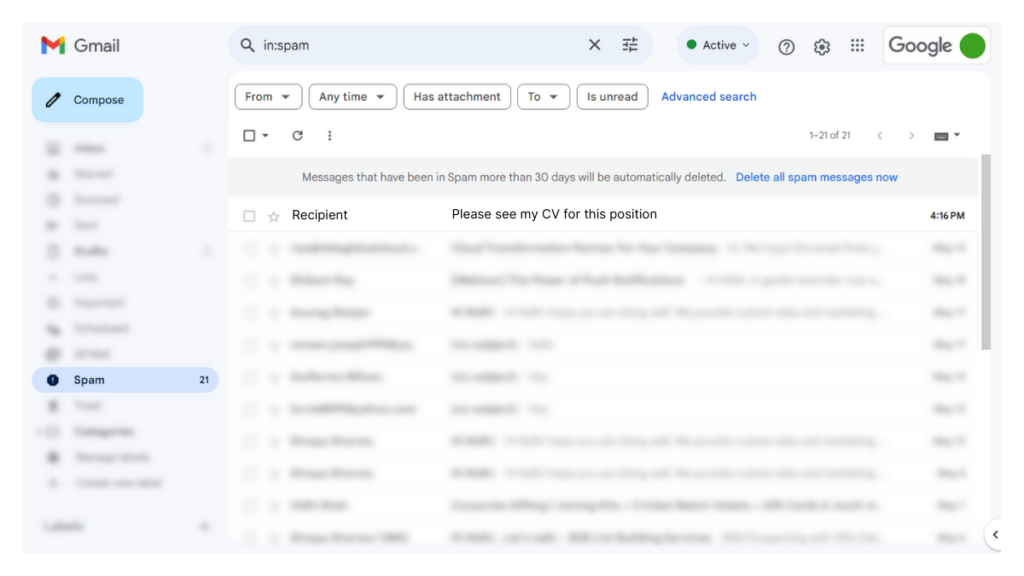
Ready to hit that “send” button and make waves in the inbox?
First and foremost, make sure you have the right email address. Double-check and triple-check before sending your message. Sending an email to the wrong person can lead to confusion and a missed opportunity. Take a moment to ensure you have the correct email address, and if possible, verify it through reliable sources.
Now, timing is everything. Consider the best time to send your email for maximum impact. Avoid Mondays and Fridays when inboxes are often flooded with messages. Aim for the middle of the week, preferably in the morning when people are more likely to be alert and receptive. Keep in mind that different industries and individuals may have unique preferences, so adapt your timing accordingly.
When it comes to formatting, keep it clean and professional. Use a clear font, appropriate font size, and sufficient spacing to ensure readability. Break your email into short paragraphs or bullet points for easy skimming. Avoid large blocks of text that can overwhelm the recipient. Remember, a well-structured and visually appealing email is more likely to be read and acted upon.
Attachments
Next, let’s talk about attachments. In most cases, it’s best to avoid sending attachments in a cold email. They can raise concerns about security and create barriers to engagement. Instead, provide links to relevant resources or direct recipients to your website or portfolio. Make it easy for them to access more information, but keep the focus on your email’s content.
Now, it’s time to double-check your email for errors. Typos and grammatical mistakes can undermine your professionalism and credibility. Proofread your message carefully or use a reliable spell-check tool. Better yet, ask a friend or colleague to review it for you. A fresh set of eyes can catch those pesky errors you might have missed.
5. Why You Shouldn’t Send a Batch Email
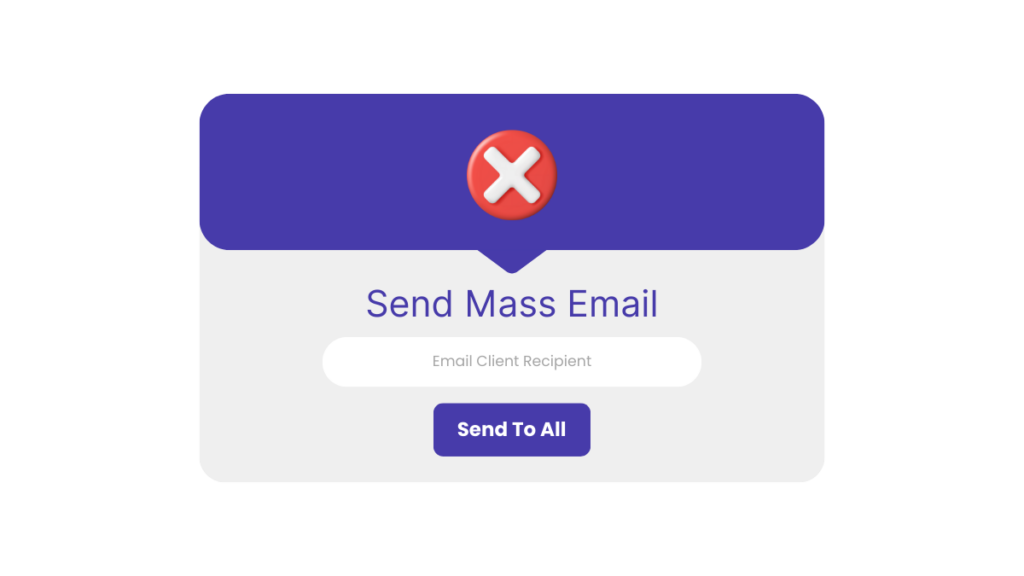
When it comes to cold emailing, one golden rule stands out: avoid sending batch emails. Seriously, resist the urge to hit that “send to all” button.
First and foremost, personalization is key. Batch emails lack the personal touch that makes a cold email effective. When you send a generic email to a large group of recipients, it’s obvious that you haven’t taken the time to understand their unique needs or interests. People can sniff out a mass email from a mile away, and trust me, it won’t make a positive impression.
Individualized emails, on the other hand, show that you’ve done your homework. You’ve researched the recipient, tailored your message to their specific situation, and demonstrated a genuine interest in their work. This personalization is what catches their attention and increases the likelihood of a response. It’s all about making a meaningful connection, not just blasting out generic messages.
Relevance
Another key factor is relevance. When you send a batch email, you’re essentially sending the same message to different types of recipients. This means the content might not be relevant or resonate with everyone. By customizing each email, you can address specific pain points, highlight relevant experiences, or offer tailored solutions. This level of relevance is what grabs attention and makes recipients think, “Wow, this person really gets me!”
Moreover, sending batch emails can damage your reputation. When recipients receive a mass email that doesn’t resonate with them, it can be seen as spammy and insincere. This can tarnish your credibility and hinder future opportunities. On the other hand, sending personalized emails shows that you value genuine connections and are willing to put in the effort to establish meaningful relationships.
Now, it is quite understandable that personalizing each email takes time and effort. But here’s the secret: it’s worth it. The results you’ll achieve from sending personalized emails far outweigh the time investment. Remember, quality over quantity.
Try Automating Your E-mails on Exly
6. How to Follow Up on a Cold Email

So, you’ve hit that “send” button on your cold email, but what’s next? Don’t let your email fade into the abyss—follow up like a pro! Here are some tips to help you master the art of the follow-up in just a few easy steps.
First off, timing is crucial. Give the recipient enough time to read and process your initial email before following up. Generally, waiting three to five business days is a good rule of thumb. It shows that you’re respectful of their busy schedule while keeping the momentum going. Remember, patience is key!
When crafting your follow-up email, keep it short, friendly, and to the point. Reference your initial email to jog their memory and make it clear why you’re reaching out again. Avoid sounding pushy or desperate—maintain a positive and professional tone throughout. Let them know you’re genuinely interested in their response and eager to continue the conversation.
Subject Lines
Now, let’s talk subject lines. Grab their attention with a subject line that stands out from the crowd. Use a gentle nudge or a touch of curiosity to entice them to open your email. Consider something like “Just checking in!” or “Did my email get lost in cyberspace?”—keep it light and engaging.
When it comes to the body of your follow-up email, add value. Provide additional information, resources, or insights that can pique their interest. Show that you’re proactive and genuinely invested in their needs. If applicable, share success stories or testimonials that demonstrate the value you can bring. Be authentic, concise, and persuasive.
Another important aspect of the follow-up is persistence. Don’t be discouraged if you don’t receive an immediate response. People are busy, and emails can slip through the cracks. A friendly and polite follow-up reminds them of your initial message and gives them another opportunity to respond. However, be mindful not to overdo it—two follow-up emails are generally sufficient.
Lastly, remember to maintain a positive attitude throughout the follow-up process. Even if you don’t receive a response, don’t take it personally. Keep the door open for future interactions and networking opportunities. You never know when a new opportunity might arise.
Conclusion
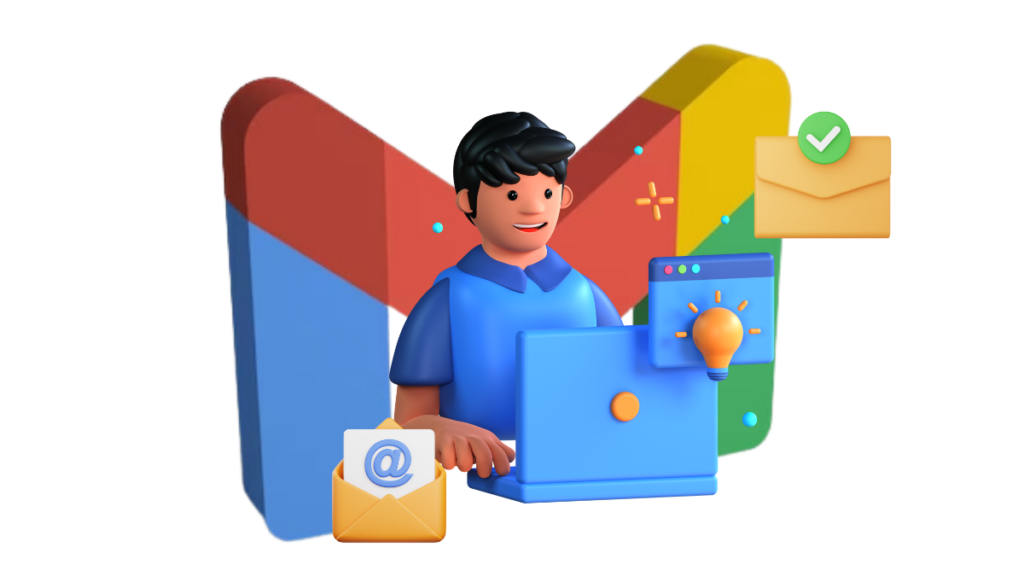
In the fast-paced world of digital communication, cold emailing has emerged as a powerful tool for connecting with new opportunities and forging meaningful relationships. Throughout this blog, we’ve explored the effectiveness of cold emails, the art of finding email addresses, crafting compelling email messages, and following up like a pro.
Cold emails allow you to reach out to individuals who may have never crossed your path otherwise, opening doors to new possibilities.
As you embark on your cold emailing journey, remember that authenticity, respect, and a genuine desire to connect are the cornerstones of success. Each email you send is an opportunity to make a positive impression and cultivate relationships that can lead to exciting opportunities and collaborations.
So, embrace the art of cold emailing, be persistent yet respectful, and keep refining your approach with each interaction. With these insights and strategies in your arsenal, you’re well-equipped to navigate the world of cold emails and unlock new doors of possibility.
Now, go forward, craft those compelling emails, and make meaningful connections!

